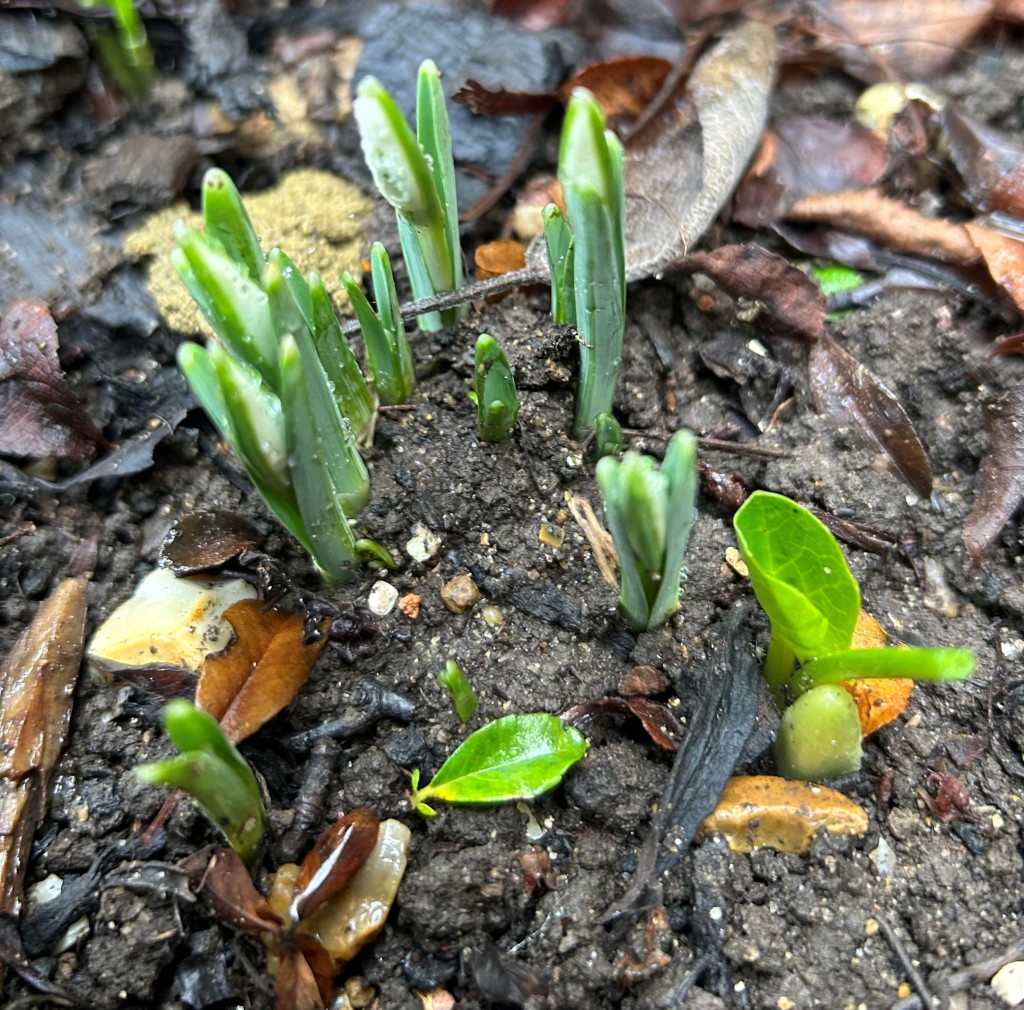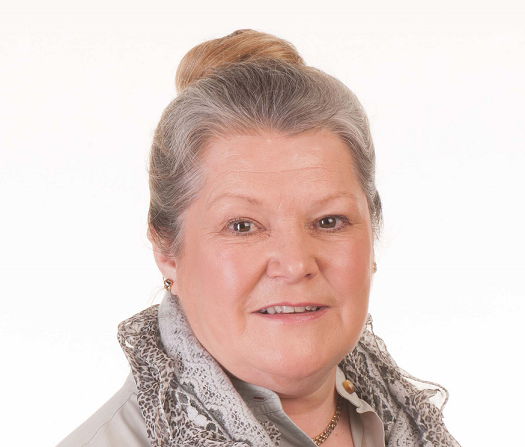
Spring ‘Tonic’
The prevailing condition for many leaders is fatigue, overload and energy loss. Individuals are required to be resilient and persist against all odds.
Articles proliferate with advice on prioritising rest and ‘playtime’. There are no universal solutions. We each bring unique strengths and perceptions to the situations we face, so a personalised approach to finding our tonic(s) is essential.
For the musically inclined, Tonic is the first note of a scale and is most important because it serves as the focus for melody and harmony.
So what is the first note of your sound track? What signal does it send? What lifts your spirits and makes your feet dance?
In my search for music to feed my spirits I look for artists and gigs in smaller venues. Over the last few months, serendipity has led to the happy discovery of talented performers from around the World. Recent advice has come from many sources including the curious taxi driver taking us to a recent gig and sharing the long and impressive list of musicians he has seen this year.
For the active, Tonics are ‘the activities which invigorate and sustain us.’
The current focus on health and well-being practices provides an extensive list of alternatives. Choosing wisely and developing sustainable habits takes effort.
For decades I have protected time for swimming. Involving very early starts, the habit provides both exercise and a precious opportunity to reflect. Colleagues and friends have chosen walking, cycling, yoga and running. On Sunday, London will celebrate the 2024 Marathon attracting entrants of all ages running for multiple causes. We will be there cheering their efforts. A tonic for all supporters and participants.
For the epicureans, ‘eat, drink and be merry for tomorrow we die.’ is an appealing philosophy. Tonics are the ‘medicinal’ substances which lift our spirits. Tonics are restorative, reviving, stimulating or invigorating,
In these health conscious times, ginger shots and electrolyte tablets seem to be a popular alternative to cake and wine. Make wise choices seems to be good advice.
And for all of us as we seek tonics to provide harmony for our body, mind and spirit, what about:
The tonic of laughter?
Being part of a community?
The company of friends?
Stimulating and rewarding ‘work’?
As we spring into Spring, let’s all make time to find our own tonic(s).
For the curious, the tulips include Happy Feet from https://blomsbulbs.com/









